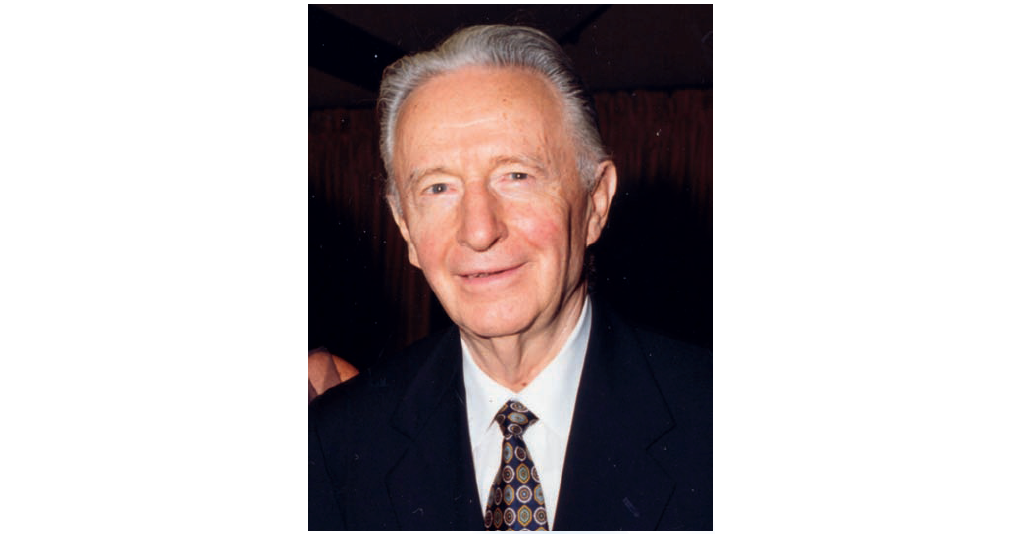Mercoledì 19 ottobre 2016, alle ore 15.00, presso la sala conferenze dell’Istituto di Matematica Applicata e Tecnologie dell’Informazione (IMATI) del CNR di Pavia, si svolgerà la quinta edizione del Colloquium Magenes, con una conferenza del Prof. Stefano Bianchini (SISSA – Trieste) dal titolo “Lagrangian representation for conservation laws”.
Il prof. Stefano Bianchini è il recente vincitore della prima edizione del premio Enrico Magenes, assegnato dall’Unione Matematica Italiana ogni 4 anni “ad un matematico che abbia dato rilevanti contributi nel campo dell’Analisi, teorica o numerica, dei modelli differenziali e delle loro applicazioni.”
La conferenza aprirà anche i lavori del Workshop Recent trends in the Analysis of PDE’s che si terrà dal 19 al 21 ottobre 2016 nella sala conferenze dell’Istituto di Matematica Applicata e Tecnologie dell’Informazione (IMATI) del CNR di Pavia. Tutti i dettagli sono reperibili al link https://pdeoctober2016.wordpress.com
Tutti gli interessati sono invitati a partecipare.
Il Colloquium Magenes è una iniziativa del Dipartimento di Matematica dell’Università di Pavia e dell’IMATI-CNR per onorare la memoria del Prof. Enrico Magenes con una serie di conferenze a cadenza annuale tenute da matematici di prestigio nel campo dell’analisi teorica e numerica e delle sue applicazioni.
Abstract della conferenza:
The use of characteristics to represent smooth solutions in quasilinear first order systems is textbook classic, and it is also well known that after the so called gradient catastrophe, this representation fails because the solution becomes discontinuous and there is no canonical way to continue the representation. For linear transport equations, instead, even if the solution is very weak (say a measure) and the vector field is only locally integrable, a representation in terms of superposition of characteristics is the base of important progresses regarding uniqueness and existence of a more regular flow.
In this talk I will show how the method of characteristic can be extended to scalar equations and hyperbolic systems of conservation laws, yielding a new representation of the solution, the Lagrangian representation. I will address in particular the following points:
– questions where the Lagrangian representation arises naturally;
– the Lagrangian representation as a continuous wave tracing;
– fine description of L^\infty-solutions for scalar equations and BV-solutions for systems.




